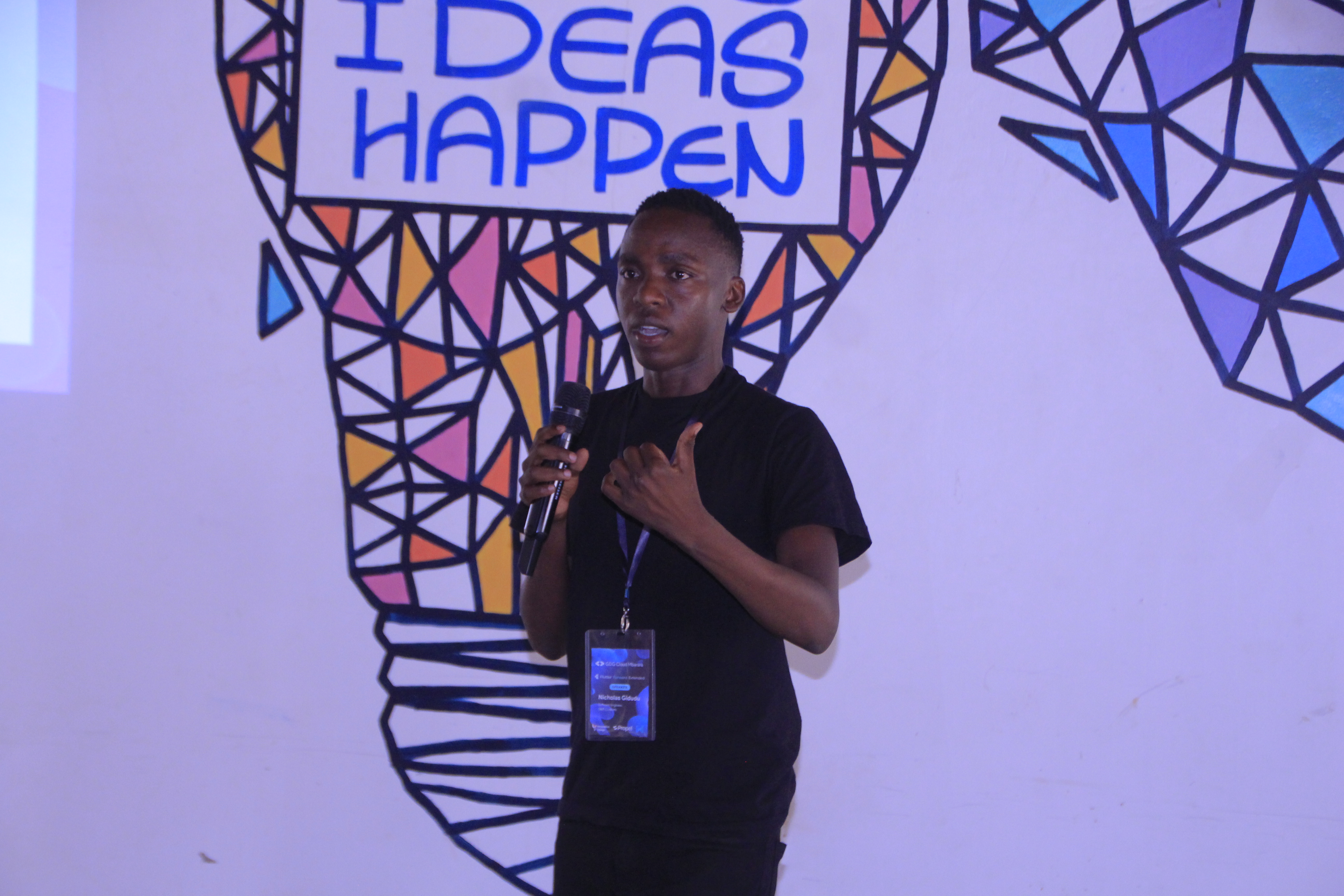Enhance Your Flutter App with a Real Logger Instead of print()
 Gidudu Nicholas
Gidudu Nicholas
When you’re starting in Flutter, it feels natural to sprinkle print() statements everywhere. After all, it’s quick, simple, and gets the job done for debugging small projects. But as your app grows in complexity, relying on print() it becomes more of a liability than a solution.
Let’s talk about why your Flutter app needs a real logger and what benefits you get by upgrading from print().
The Problem with print()
Using print() It’s tempting because it’s always available, but it has several serious drawbacks:
No Log Levels
Withprint()Every message looks the same. Whether it’s an error, a warning, or just a debug note, they all get dumped into the console without context. That makes it harder to filter out the noise when troubleshooting.No Persistence
Once your app session ends, all thoseprint()messages vanish. If a user reports a bug, you have no way to retrieve logs from their device to understand what went wrong.Performance Issues
Excessiveprint()Statements can slow down your app, especially in release builds. They weren’t designed for structured, large-scale logging.No Formatting or Metadata
print()doesn’t capture timestamps, file origins, or line numbers. When debugging a crash, you’re left guessing where a message came from.
The Case for a Real Logger
A proper logging solution like logger, flutter_logs, or your custom implementation, solves these problems. Here’s how:
Log Levels for Clarity
Categorize your logs asdebug,info,warning, orerror. This way, you can focus only on what matters at the moment.final logger = Logger(); logger.i("App started"); logger.w("Low memory warning"); logger.e("API request failed");Persistent Logs
Many logging libraries allow saving logs to a file or even uploading them to a remote server. That means you can gather insights from real users when they report problems.Readable and Structured Output
Instead of raw text, logs can include timestamps, colors, JSON pretty-printing, or stack traces—all of which make debugging much easier.Production-Ready
With a logger, you can configure whether to log everything in debug mode, but only critical errors in production. This keeps your release builds fast and clean.
Example: Using logger in Flutter
Here’s a quick example using the logger package:
import 'package:logger/logger.dart';
var logger = Logger();
void main() {
logger.d("This is a debug message");
logger.i("This is an info message");
logger.w("This is a warning");
logger.e("This is an error with stacktrace", Exception("Oops"), StackTrace.current);
}
Instead of raw print() output, you’ll get colorful, structured logs in your console.
Best Practices for Logging in Flutter
Use log levels wisely: Don’t mark everything as an error. Reserve
e()for real failures.Avoid sensitive data: Never log passwords, tokens, or personal user information.
Clean up in production: Configure loggers to keep production logs minimal to protect performance and security.
Automate log reporting: Pair your logger with a crash-reporting service like Firebase Crashlytics or Sentry.
Final Thoughts
print() might feel harmless in small projects, but it won’t scale with your app or your career as a Flutter developer. A real logger gives you control, visibility, and professionalism in your codebase.
Next time you catch yourself typing print("debug");, consider swapping it for a proper logging solution. Your future self (and your users) will thank you.
Subscribe to my newsletter
Read articles from Gidudu Nicholas directly inside your inbox. Subscribe to the newsletter, and don't miss out.
Written by

Gidudu Nicholas
Gidudu Nicholas
Hello, I am a senior Flutter developer with vast experience in crafting mobile applications. I am a seasoned community organizer with vast experience in launching and building Google Developer communities under GDG Bugiri Uganda and Flutter Kampala.